99 Problems
Cannabinoid THC Dominant
THC 23 - 26%
CBD 0.23 - 0.48%
Effect Creative
Side Effect Depression
Flavor Spicyherbal
All About 99 Problems Weed Strain
THC
CBD
Potency
99 Problems is a THC-dominant marijuana strain with an amount of THC varying between 23-26%. The volume of CBD in this strain isn’t higher than 0.23-0.48%. 99 Problems is a hybrid strain containing the prevailing amount of Sativa. The total terpenes content is 1.01%, and this combination is dominated with:
- Caryophyllene
- Myrcene
- Limonene
- Humulene
- Linalool
99 Problems Weed Strain Flavor
Due to the prevailing amounts of caryophyllene and myrcene, the majority of users taste spicyherbal flavors. The significant volume of the limonene terpenes often provides diesel tastes. Sometimes users report they feel flavors of berries and oranges, but these aren’t dominant ones.
99 Problems Strain Uses and its Effects
The above-mentioned combination of terpenes may provide not only different flavors but different effects as well. These effects are individual for each user and for each situation. They depend on your tolerance, settings, fatigue, and other conditions. The most dominant effects are:
- Creative
- Uplifted
- Happy
- Aroused
- Talkative
99 Problems strain provides users with creativity and talkativeness, so the best time to use it is when you need to interact with other people, for example, at parties. It’s also used by musicians and artists for better performances at concerts. After the energetic feeling is over, a user becomes very calm and relaxed.
The reactions of some users might not be very pleasant. 99 Problems cannabis strain might cause:
- Depression
- Insomnia
- Concern
- Thirst and dry mouth
- Paranoia
Growing Info
Growing this weed strain requires around 57 days. The yields the grower can have depend on the growing conditions. Maximum yield outdoor is 10 - 15 Oz/plant (~ 400 g/plant) whereas indoor - 1 - 2 Oz/Ft² (~ 400 g/m²). The plants of the strain reach from 30 to 60 inches in height.
Side Effects
Simply let us know how this strain tastes or write a detailed review.
99 Problems Strain Cannabinoids
| THC | Tetrahydrocannabinol, or THC, is a major cannabis chemical compound. It is a psychoactive element that stimulates dopamine release and induces euphoria or happiness. THC-rich strains may be helpful with such conditions as lack of appetite, chronic pains , etc. It is considered to be the primary active marijuana component. | 23 - 26% |
| CBD | Cannabidiol, or CBD, is a major compound in cannabis, which is non-psychoactive. It is also proved to counteract the side effects of the second major component THC. CBD is widely used for medicinal purposes in rubs, oils and so on. It is helpful in muscle pain cases, may treat arthritis and migraines. Even Greeks used it against pain, while Queen Victoria applied it to get rid of menstrual cramps. | 0.23 - 0.48% |
| CBC | Cannabichromene, or CBC, is a minor cannabinoid, meaning that its quantity in cannabis is quite little. Though it has the same origin as CBD and THC, it is different in functions. Without any psychoactive effects, it is an efficient cannabis compound in combating acne and depression. CBC produces analgesic, antibacterial and anti-inflammatory effects. | 0.36 - 0.38% |
| CBG | Cannabigerol, or CBG, is one of the minor cannabis compounds in adult plants. On the other hand, young ones contain a lot of this antibacterial and anti-inflammatory component. During the growth, CBG is converted into different cannabinoids, mostly THC and CBD. The compound itself increases appetite and decreases eye pressure. | 0.23 - 0.4% |
| CBN | Cannabinol, or CBN, is a trace element in cannabis that is considered to be mildly psychoactive. It appears from oxidation THC, exposed to light and heat. CBN is mostly contained in old cannabis and in traditional hashish. It is effective against insomnia, bacterial infections and appetite loss. | 0.34 - 0.44% |
| THCV | Tetrahydrocannabivarin, or THC-V, is a compound contained in cannabis in trace amounts. Even though it is close to THC molecularly, it is different in effects. This compound may be psychoactive only in large amounts. THC-V reduces blood sugar, controls appetite, stimulates bone growth, etc. African Sativa strains are the richest in THC-V. | 0.16 - 0.3% |
99 Problems Terpene Profile
| Pinene | Pinene is one of the most widespread terpenes in nature, found in pine trees, basil, nutmeg, parsley, and rosemary. Cannabis containing terpene (alpha-pinene or α-pinene) boasts a strong pine scent. Pinene is responsible for anti-inflammatory, pain-relieving, and anti-anxiety effects. | 0.05% |
| Myrcene | Myrcene (also known as β-myrcene) is one of the most common terpenes found in cannabis, representing more than 20% of the modern marijuana terpene profile. Myrcene has a distinct earthy, musky flavor, resembling cloves. It is responsible for calming and soothing effects of weed. Myrcene is also found in hops, thyme, mango, lemongrass, guava melon. | 0.22% |
| Humulene | Humulene (also known as α-humulene) is one of the major terpenes found in cannabis, contributing to woody, earthy, spicy, herbaceous, and, mainly, floral aromas of cannabis. Used in modern medicine, humulene offers anti-inflammatory, antibacterial, and appetite suppressant effects, which have been well-researched by pharmaceutical companies. | 0.14% |
| Limonene | Limonene (also known as d-limonene) is the second most common terpene in nature and the third most common terpene in cannabis. It has a powerful citrus aroma and can be found in all citruses, including lemons, oranges, grapefruits, limes, juniper, etc. Limonene is known to elevate moods and provide anxiety, depression, and stress relief. | 0.2% |
| Linalool | Linalool (also known as beta linalool, linalyl alcohol, linaloyl oxide, and p-linalool) is one of the rarest terpenes found in cannabis, mostly in small quantities. Linalool is known for its spicy and lavender aroma, bringing relaxation and calming effects. It is also said to provide anti-inflammatory and analgesic properties that can be useful for athletes. | 0.08% |
| Terpinolene | Terpinolene is one of the most common terpenes found in cannabis; however, It's usually presented in small quantities. Is responsible for piney, floral, herbaceous, and even a little bit citrusy aroma of cannabis. Terpinolene can be found in lilacs, nutmeg, and cumin. In cannabis, terpinolene contributes to the sensation of "freshness." Has the potential to reduce the risk of heart diseases. | 0.01% |
| Caryophyllene | Caryophyllene (also known as beta or b caryophyllene) is a terpene found in many herbs and spices, such as black pepper, basil, rosemary, and oregano. Cannabis high in caryophyllene delivers a strong spicy, peppery aroma, resembling cinnamon and cloves. Caryophyllene offers potent anti-inflammatory and sedative effects. | 0.31% |
| Total terpenes content | 1.01% |
Growing Info
Similar Strains
THC 26.5 - 29%
CBD 0 - 0.43%
Effect Sleepy
Flavor Sweet
THC 17.67 - 18%
CBD 0.46 - 0.92%
Effect Giggly
Flavor Butter
THC 12.61 - 15.03%
CBD 0.09 - 0.94%
Effect Uplifted
Flavor Blueberry
THC 18 - 27%
CBD 0.49 - 0.92%
Effect Uplifted
Flavor Mango
THC 21 - 22%
CBD 0.49 - 0.74%
Effect Relaxed
Flavor Mint
THC 20.25 - 22.75%
CBD 0.16 - 0.44%
Effect Creative
Flavor Honey
THC 20 - 23%
CBD 0.76 - 0.92%
Effect Sleepy
Flavor Tobacco
THC 14 - 17.5%
CBD 0.03 - 0.82%
Effect Concentrated
Flavor Skunk
THC 18 - 22.5%
CBD 0.1 - 1.08%
Effect Calm
Flavor Lime
THC 12.97 - 16.17%
CBD 0.27 - 1.46%
Effect Concentrated
Flavor Grape
THC 16.76 - 20.72%
CBD 0.1 - 0.74%
Effect Uplifted
Flavor Spicyherbal
THC 15 - 20%
CBD 0.39 - 0.87%
Effect Giggly
Flavor Spicyherbal
THC 11.91 - 16.89%
CBD 0.41 - 1.3%
Effect Giggly
Flavor Peach
THC 14 - 16%
CBD 1.07 - 1.34%
Effect Happy
Flavor Rose
THC 16 - 18%
CBD 0.02 - 1.11%
Effect Giggly
Flavor Woody
THC 18.5 - 23.5%
CBD 0.03 - 0.16%
Effect Giggly
Flavor Pear
THC 20 - 23%
CBD 1.11 - 1.21%
Effect Giggly
Flavor Berry
THC 17 - 20%
CBD 0.52 - 0.82%
Effect Euphoric
Flavor Spicyherbal

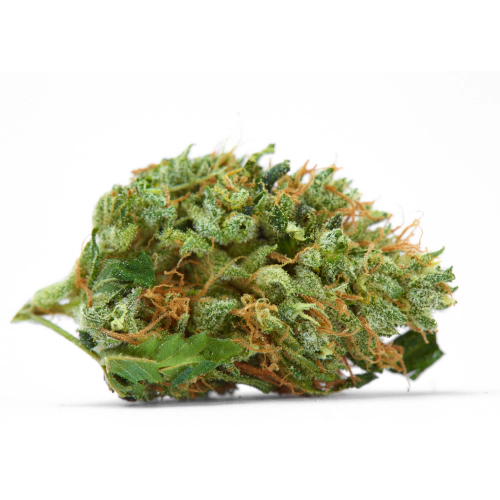
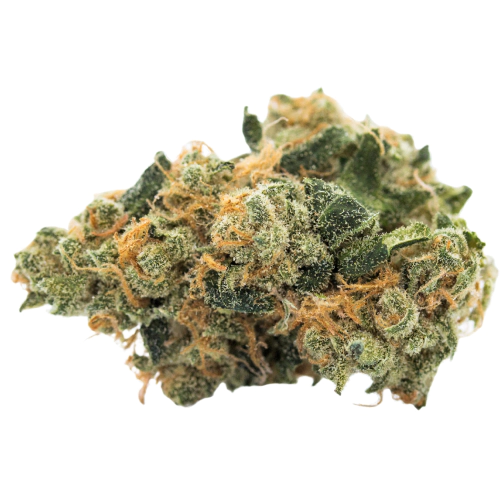


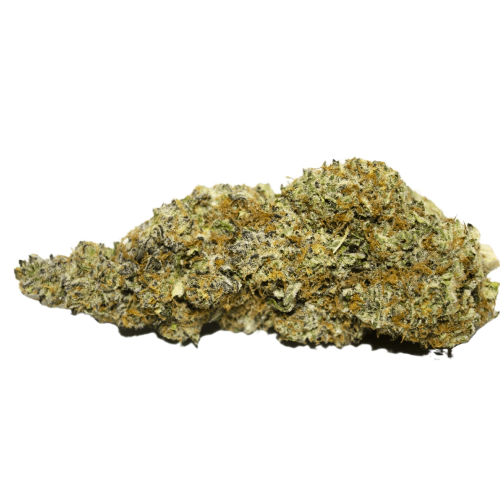

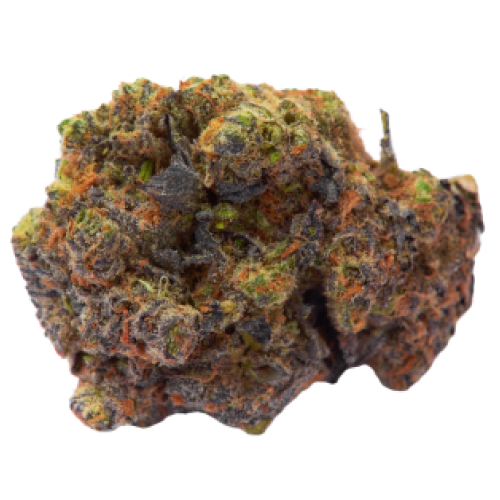

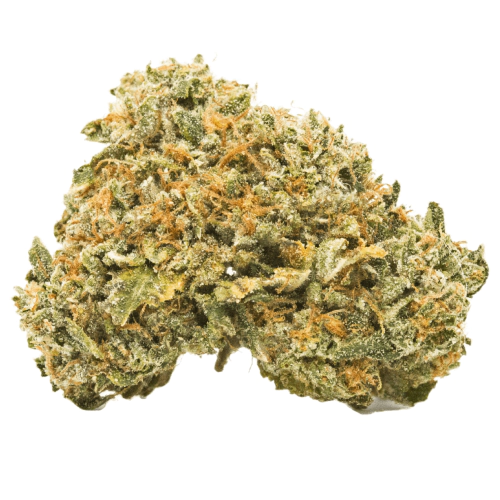

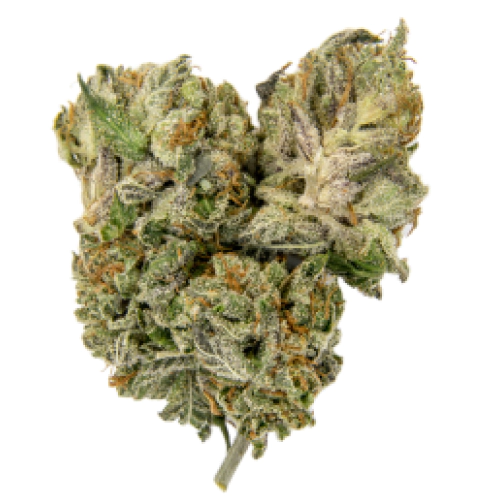

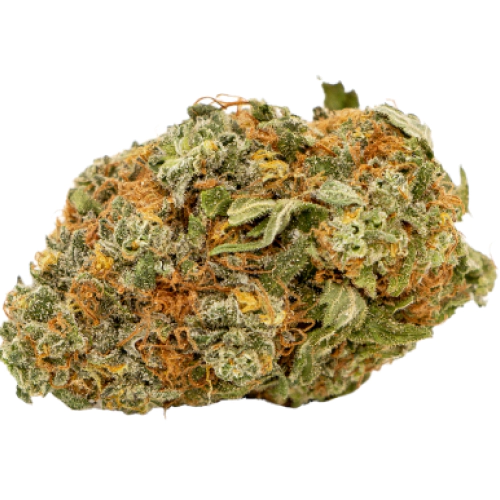



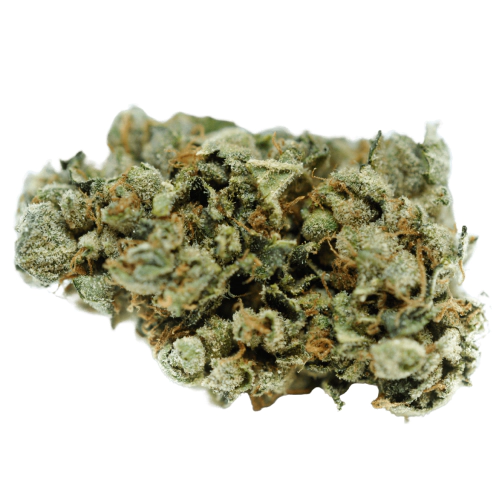
Be the first and share your opinion
Write a Review